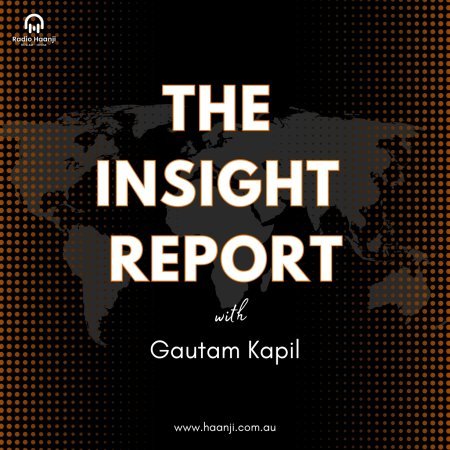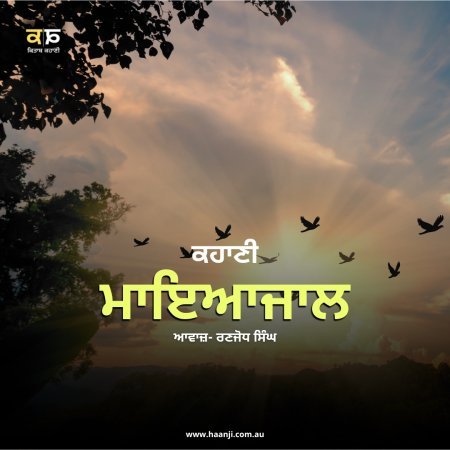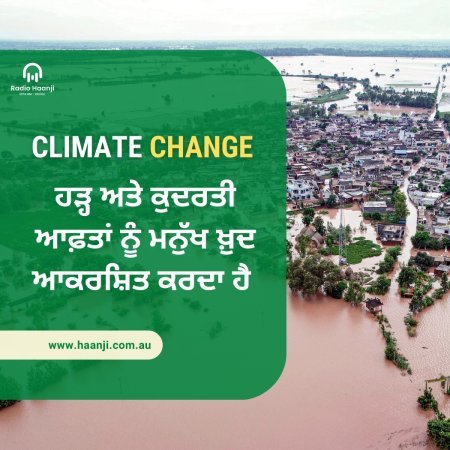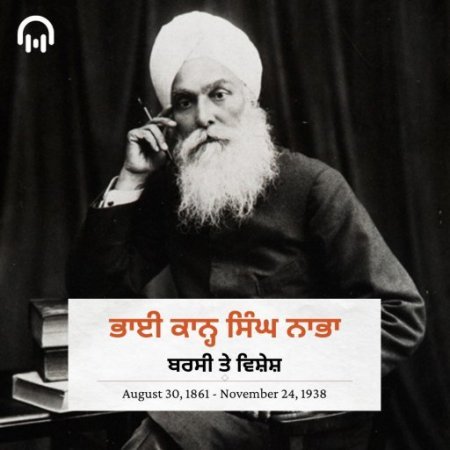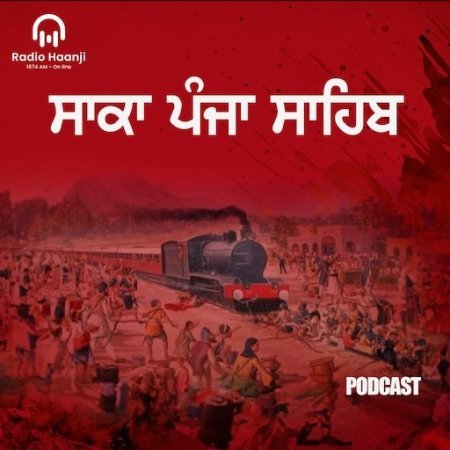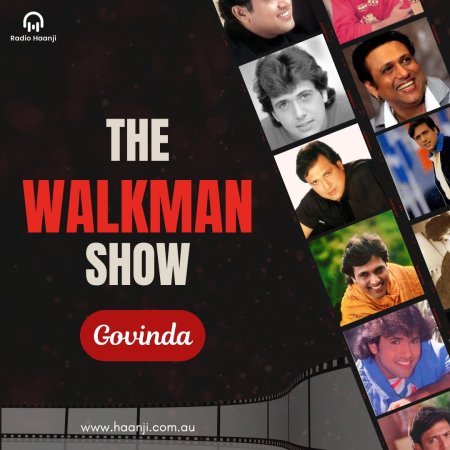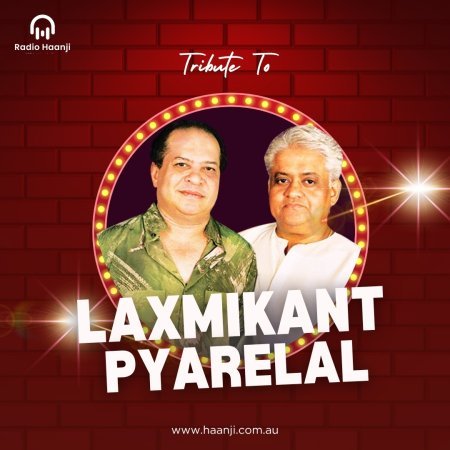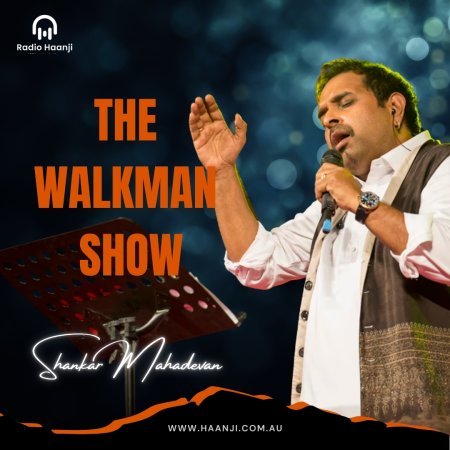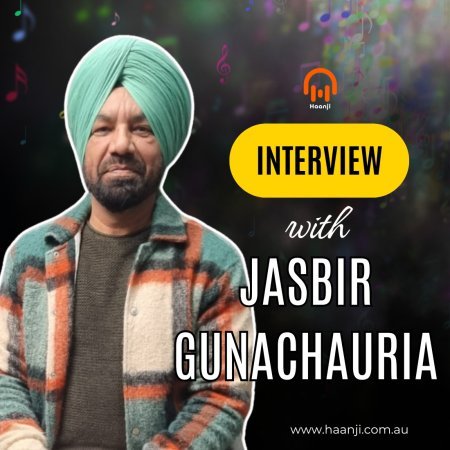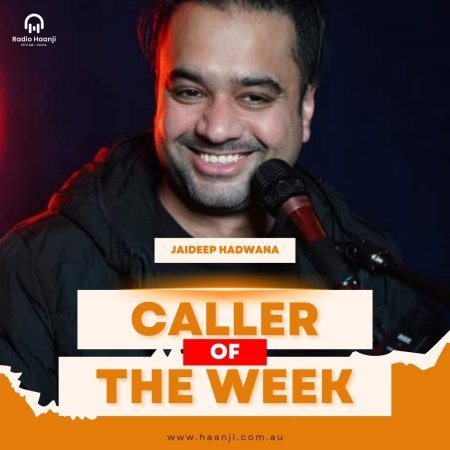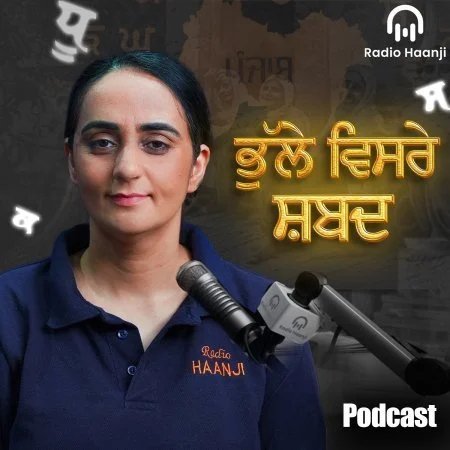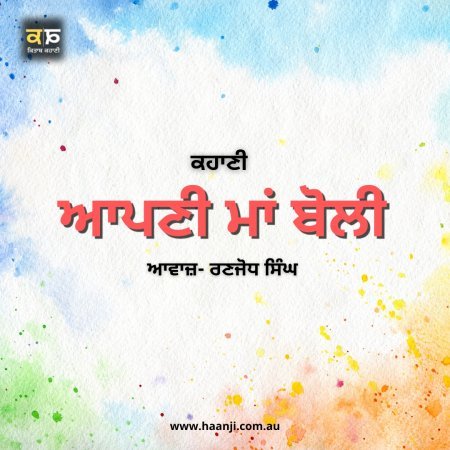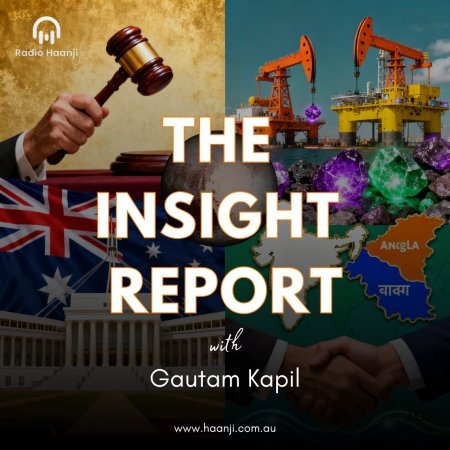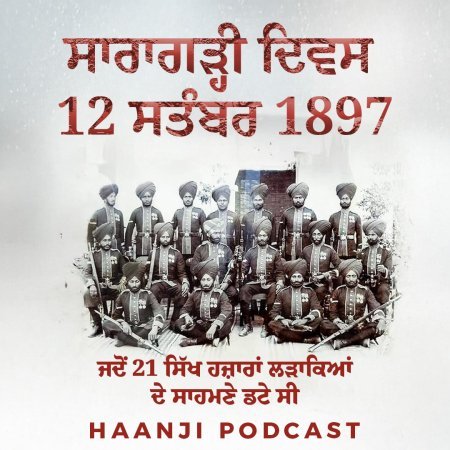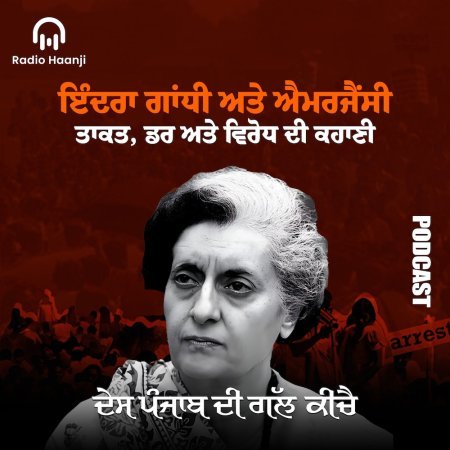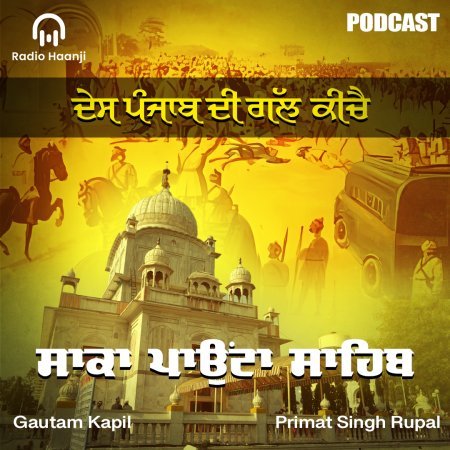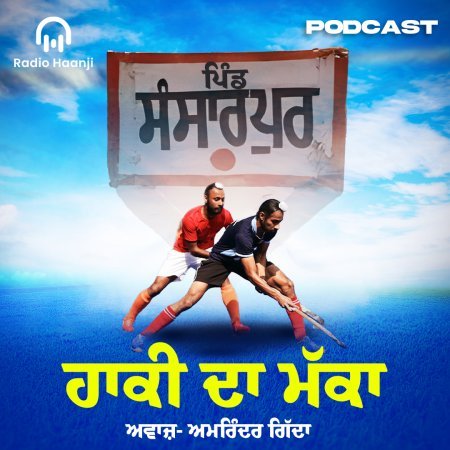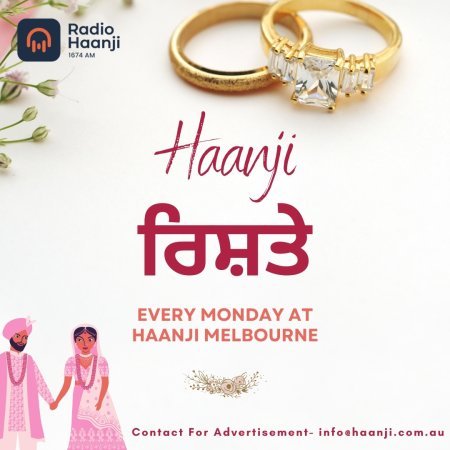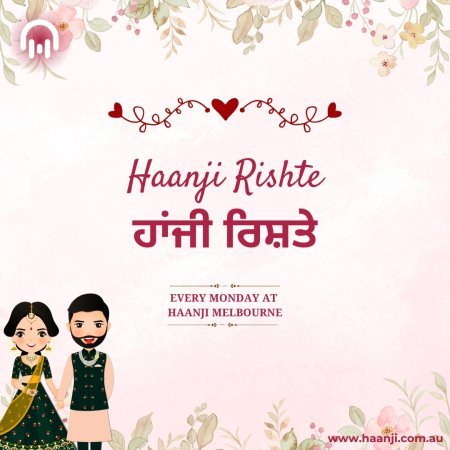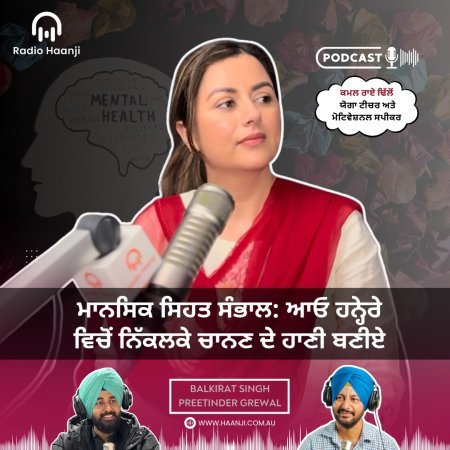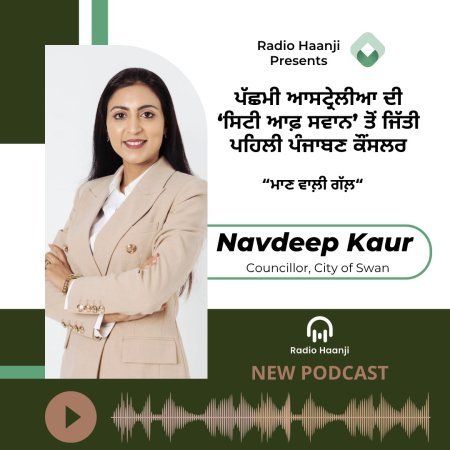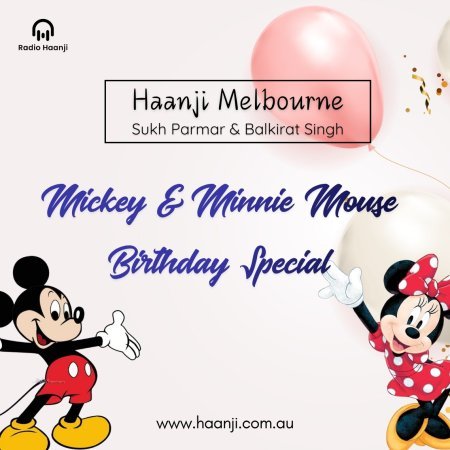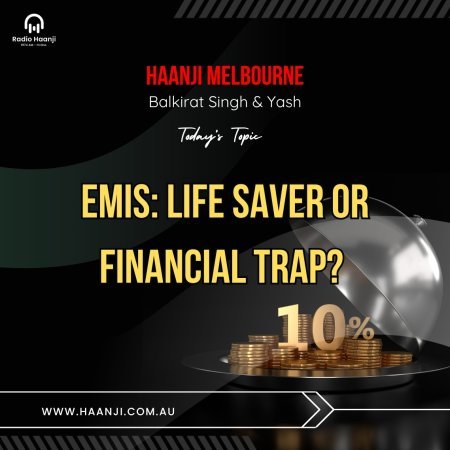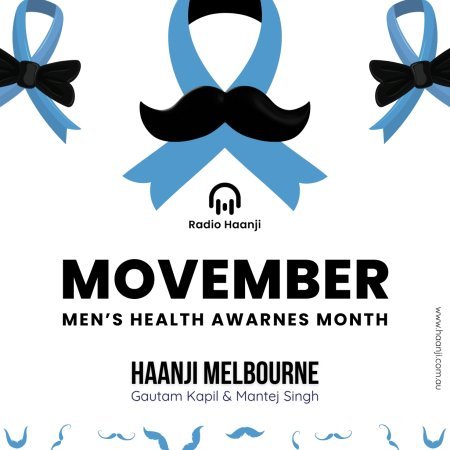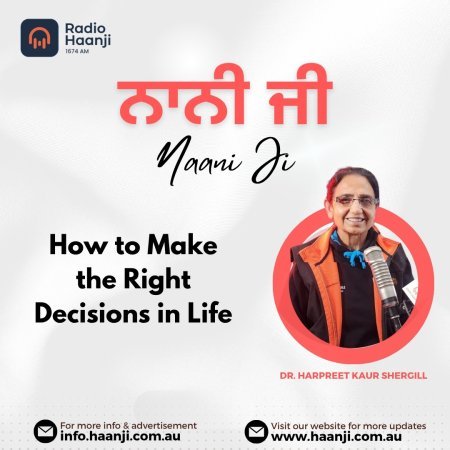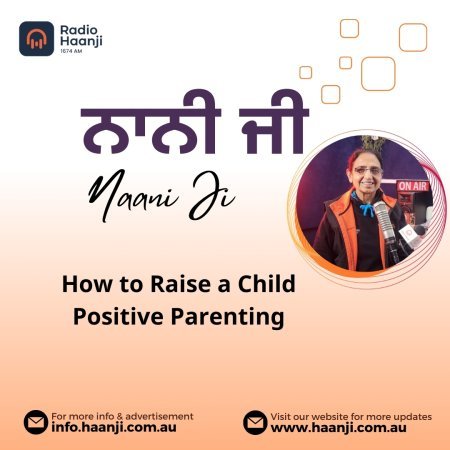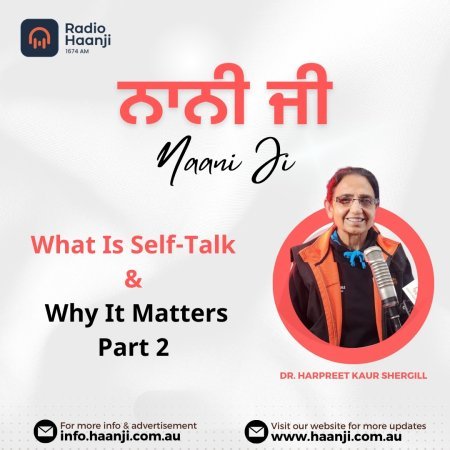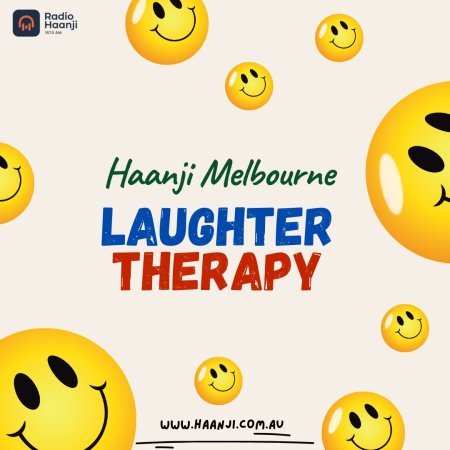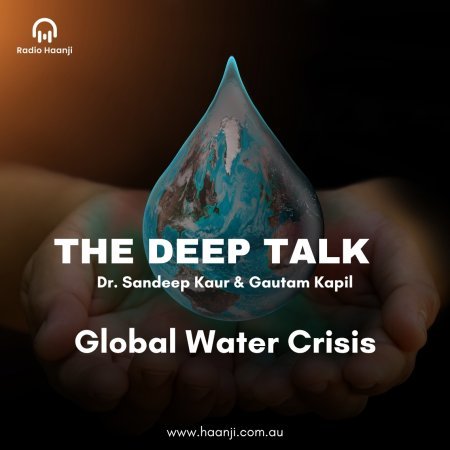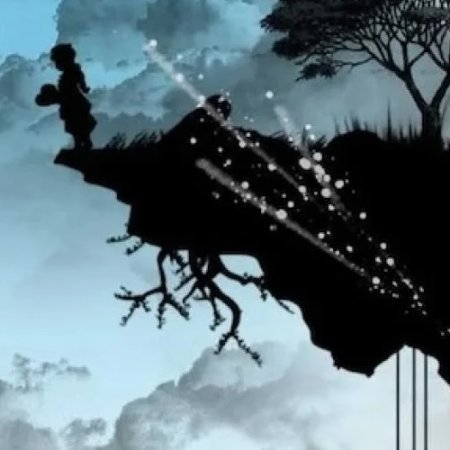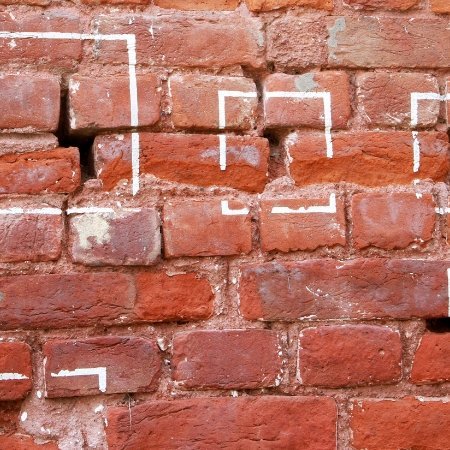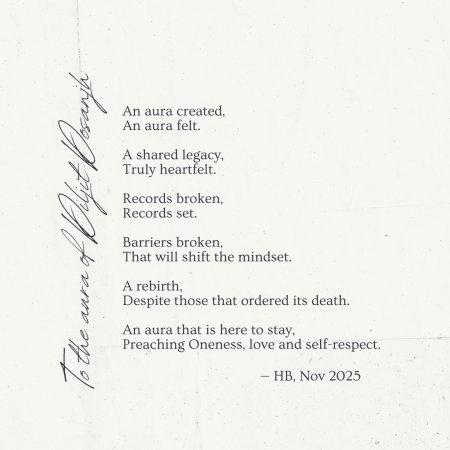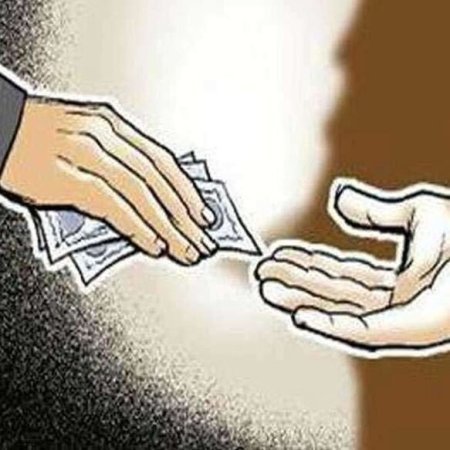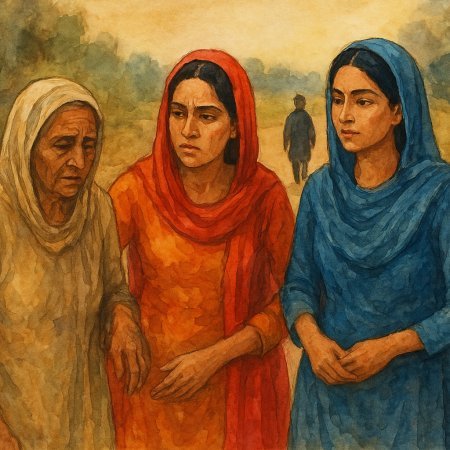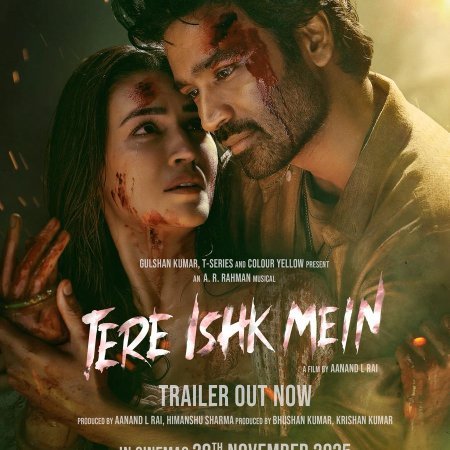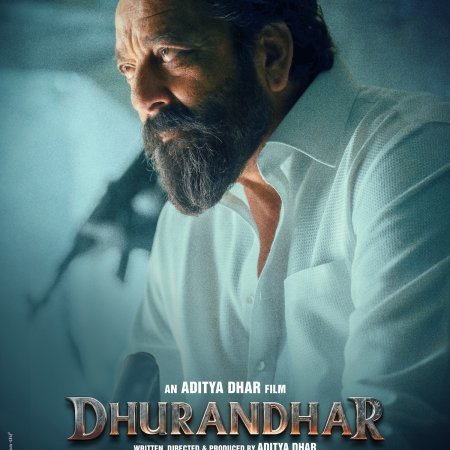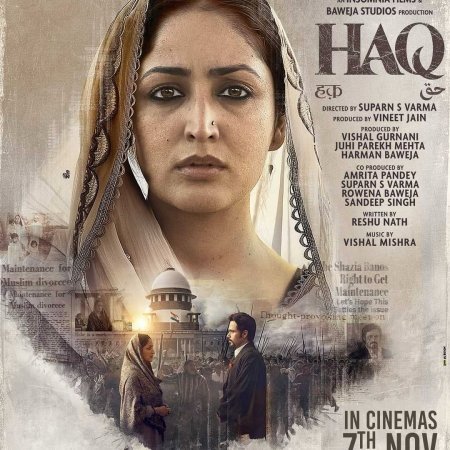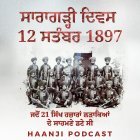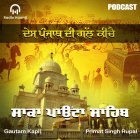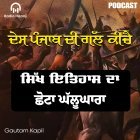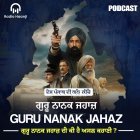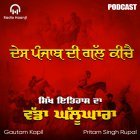
Emergency 1975 - ਇੰਦਰਾ ਗਾਂਧੀ ਅਤੇ ਐਮਰਜੈਂਸੀ: ਤਾਕਤ, ਡਰ ਅਤੇ ਵਿਰੋਧ ਦੀ ਕਹਾਣੀ - Radio Haanji
Host:-
 Gautam Kapil
Gautam Kapil
 Pritam Singh Rupal
Pritam Singh Rupal
Join us as we dive into the heart of Punjab with "Des Punjab Ki Gal Kiche," an insightful show that explores Punjab’s rich culture, traditions, and contemporary issues. From folk music to political discussions, we cover everything that resonates with the Punjabi community in Australia. Stay connected to your roots and get the latest updates on Punjab’s social, economic, and cultural landscape. This show is your direct link to everything happening in Punjab, no matter where you are in Australia.
Introduction
On the night of June 25–26, 1975, India entered its darkest chapter of democracy. Prime Minister Indira Gandhideclared a nationwide Emergency, citing “internal disturbances.” What followed: suspension of civil liberties, arrest of political opponents, censorship, and forced policies that reshaped the nation’s soul. Let's unpack why this period, from June 1975 to March 1977, remains a powerful lesson in constitutional accountability.
Root Causes – Political & Judicial Crisis
-
Rae Bareli Verdict: On June 12, 1975, the Allahabad High Court invalidated Indira Gandhi’s Lok Sabha win and barred her from contests for six years, citing misuse of government machinery.
- Public Uprisings: Widespread protests like the JP Movement in Bihar, the Gujarat student agitations, and the 1974 railway strike by George Fernandes added to the unrest.
Emergency Declared at Midnight
On June 25, 1975, Indira Gandhi consulted with West Bengal CM Siddhartha Shankar Ray, who drafted the proclamation. President Fakhruddin Ali Ahmed formally imposed it under Article 352—ushering in 21 months of authoritarian control.
The Fallout: Arrests, Censorship & Coercion
-
Mass Arrests: Leaders—Morarji Desai, Atal Bihari Vajpayee, Jayaprakash Narayan and thousands more—were detained under MISA and DIR. Over 100,000 arrests were made.
-
Press Censorship: Electricity to presses cut, central censorship ended independent journalism.
-
Demographic Engineering: Sanjay Gandhi led forced vasectomy and slum demolitions—especially in Delhi—stirring fear and outrage.
Legal Battles & Judicial Resistance
-
High-Court Victory Reversed: Though the Supreme Court granted a conditional stay, it was temporary. The 38th and 39th Amendments shielded Emergency actions from judicial review.
-
ADM Jabalpur Case: The Supreme Court upheld suspension of habeas corpus—except Justice Hans Raj Khanna’s lone dissent which defended fundamental rights.
-
Shah Commission: Post-Emergency, the Shah Commission confirmed many abuses—curbing media, forced sterilizations, misuse of MISA—declaring the Emergency unjustified.
Lifting the Emergency & Political Fallout
-
Return to Elections: Indira Gandhi surprised many by calling elections in January 1977. Emergency officially ended on March 21, 1977.
-
Janata Wave: In March 1977 elections, Congress saw a historic defeat; the Janata Party won 298 seats, redefining India’s political trajectory .
Legacy and Importance Today
-
Democracy on Trial: Called “a dark day” by PM Modi on the 50th anniversary, it reminds us how fragile rights can be .
-
Artistic Retrospection: Global exhibitions (e.g. Barbican, London) highlight Emergency’s human cost and cultural aftermath.
-
Constitutional Safeguards: The doctrine of basic structure and strengthened checks on executive power emerged directly because of Emergency’s abuses.
Conclusion – Lessons for India & Beyond
The 1975 Emergency stands as a cautionary tale: unchecked authority spreads quickly. India’s journey through arrests, censorship, and coercion towards restoration of democracy is a testament to resilience. It urges citizens and systems alike to vigilantly protect civil liberties, no matter how justified a crisis seems.
What's Your Reaction?







